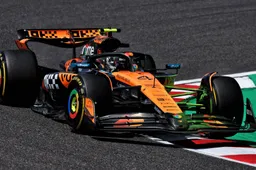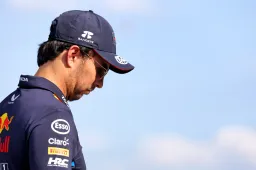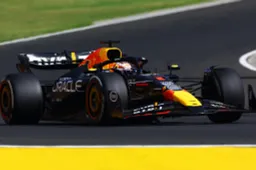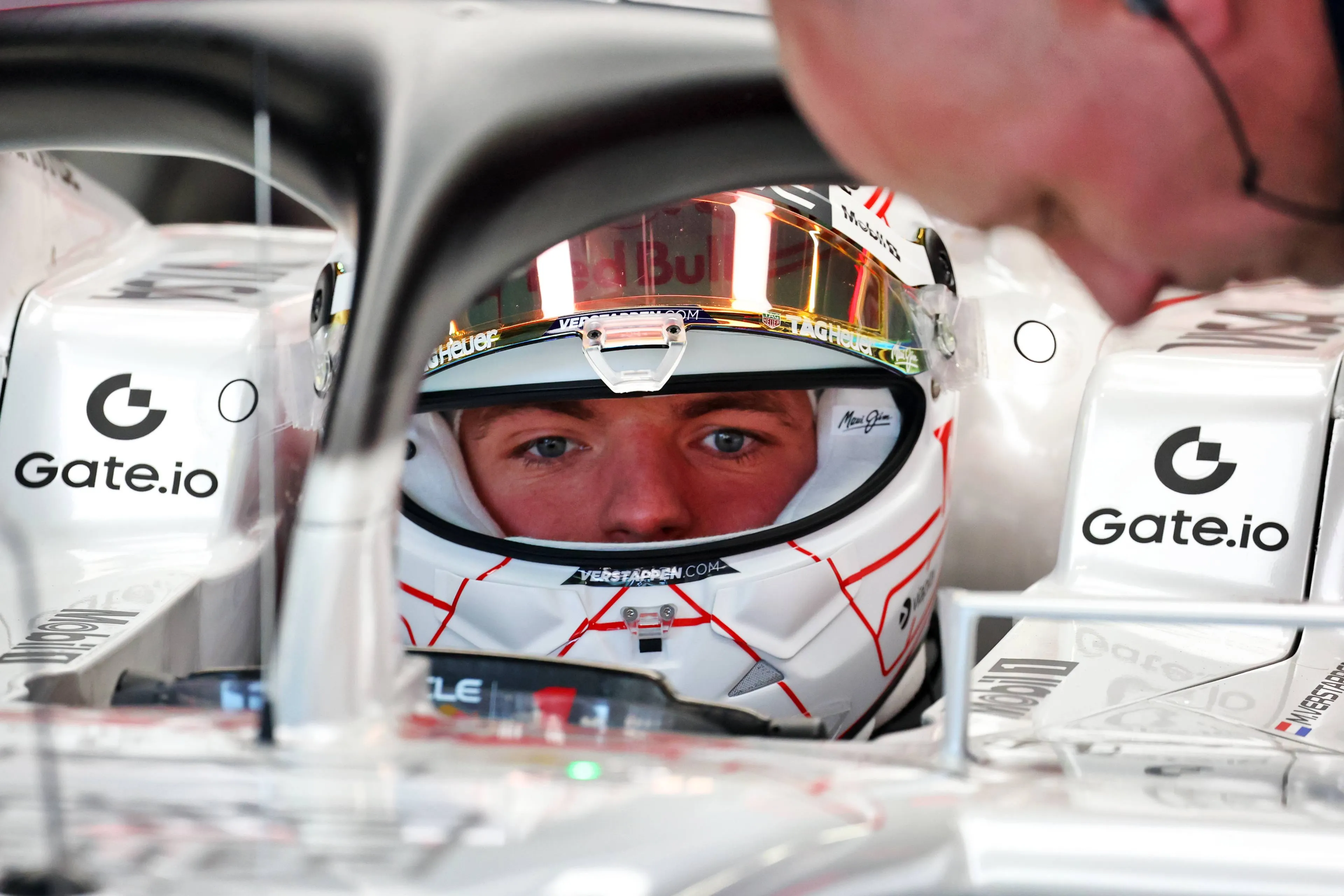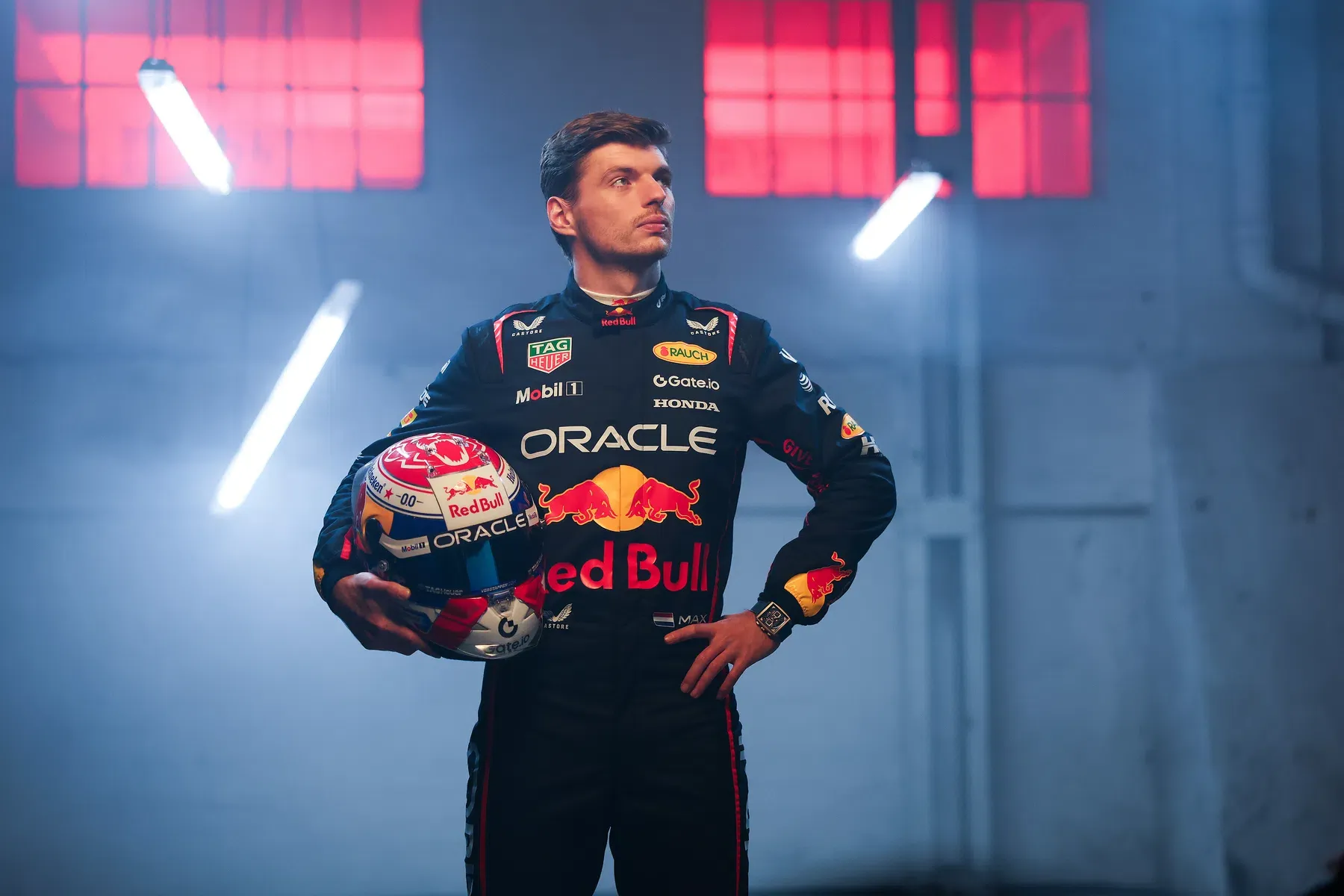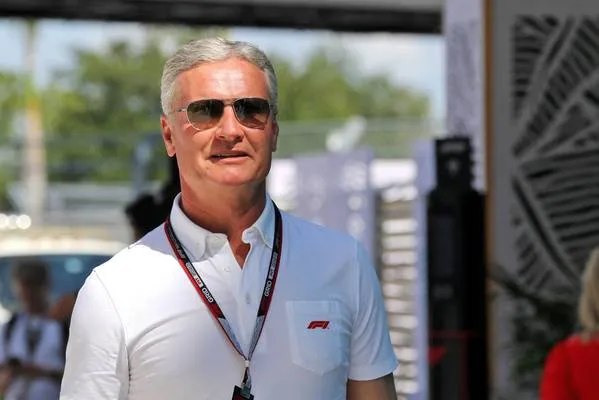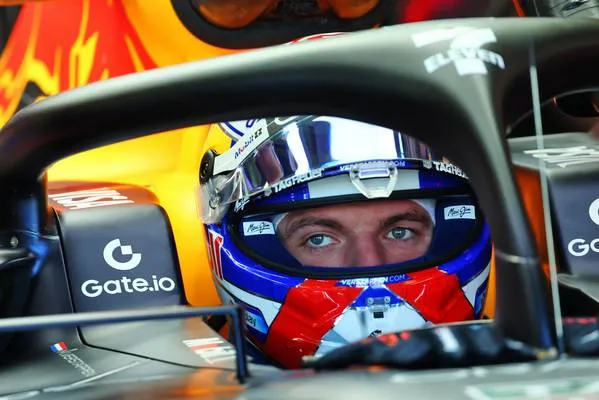After a very tight battle in qualifying between the two McLarens and Max Verstappen, the World Champion finished the race only in P5, as a series of strategic errors compromised the final result. However, Verstappen’s disappointment both after qualifying and the race referred to Red Bull’s significant step back from a technical point of view, despite the big upgrade package introduced last weekend.
If this keeps to be the trend for the next races, the Constructors’ Championship seems more and more in McLaren’s hands, with Red Bull almost helpless in front of the Woking team superiority. But why didn’t the upgrades work as expected? Let’s try to find it out.
After a new floor was introduced last time out in Silverstone, Red Bull decided to anticipate a big upgrade package (which was expected for Zandvoort) to Budapest, where the new parts were fit only on Verstappen’s car for the whole weekend.
The main changes concerned a lot of areas of the car: the front wing, the engine cover and the two cooling inlets placed right behind the driver’s head (under the roll bar).
Starting from the front wing, it has a completely different design compared to the previous version. Looking at the mainplane, it has a flatter and more straight trend in the central portion (orange line and arrow), while in the previous version it had a more spoon-shaped shape to capture a greater airflow and produce more vertical load. The nose has also been modified at the attachment to the mainplane itself: as highlighted by the blue arrows, it now has a smaller width in the lower portion, mainly to reduce the surface exposure to the air and, therefore, the drag while maintaining enough structural rigidity to support the front wing.
The wing has also been revised at the connection between the last flap and the nose (pink arrow), which now has a greater inclination and a thinner shape, in line with Mercedes' solution.
Finally, as highlighted in the two glasses, the new front wing spec features a different positioning of the metal element used to adjust the inclination of the last flap: while in the version used up to Silverstone, it was placed on the last flap, in the new version it is placed on the third flap (green arrow).

All these changes had the main goal of increasing the amount of downforce generated at medium-high speeds but also modifying the airflow towards the bodywork of the car. During the last few races, in fact, we’ve often heard both Verstappen and Perez complaining about understeering and struggling to look after the front axle during the race. However, the new front wing didn’t seem to have solved the issues, as Verstappen was complaining a lot of understeering especially during the first stint of the race, when the high fuel load and the the hot air coming from the two McLarens in front put a lot of stress on his medium tyres.
Moving on to analyse the bodywork of the RB20, it has been deeply revised compared to the previous version. As can be seen from the drawing below, the team of engineers led by Pierre Waché has shifted towards a more conventional solution, similar to the one adopted on the RB18: the engine cover now has a much more linear trend towards the rear (green line and arrows), with a larger rear opening to evacuate much more heat. Compared to the previous version, the two bazookas that drew air from the sides of the driver's head (behind the halo) and discharged it directly onto the beam wing have completely disappeared.
This new design of the upper part of the engine cover has also definitely influenced the shape of the bodywork in the central portion, which has a simpler shape than the previous version, aimed at pushing the air towards the channel between the rear suspension and the diffuser. The new solution also features a different design for the upper portion of the sidepods themselves: in order to "guide" the air more towards the beam wing and the diffuser, the team decided to extend the waterslide inside the sidepod itself, with a different profile of the external edge (arrow and orange line).
Last but not least, the team modified the two cooling inlets behind the driver: as highlighted in the drawing below, the cooling inlet is no longer located inside the halo (blue arrow, previous version), but is now located between the roll bar support and the lower part of the roll bar itself (red arrow). Furthermore, since the engine cover has been changed, the internal cooling duct has also changed, which no longer extends along the entire length of the gulleys, as in the previous version, but it now dissipates heat out of the large gills positioned laterally (pink arrow).


All these visible changes had as their main goal to improve the cooling of the RB20 on particularly demanding tracks and with low speeds. Moreover, they aimed to improve the overall balance of the car, increasing the downforce generated by the bodywork and moving the balance a little more towards the front to improve the feeling, especially at medium-speed corners.
It is very important to underline that the team will adopt one engine cover rather than the other depending on the different track layouts: on slower and more twisty tracks where a high amount of downforce is required, the spec used by Verstappen in Hungary will be used, while on faster tracks (such as Spa or Monza), they’ll adopt the engine cover with the two bazookas.
Already on Thursday, Max pointed out that these upgrades could have been a watershed for Red Bull’s season: “This is bigger than we have brought already so for everybody this is an important weekend. [...] If this is not giving us some good lap time, then I don't know of course how the rest of the season is going to evolve.”
His words were proof that the team expected a lot from this new package and were strongly convinced that it would allow the RB20 to regain the stability and versatility that were its strengths at the beginning of the season.
The new package improved performance, especially in fast corners and in terms of efficiency, where Verstappen prevailed on the MCL38. However, it didn’t seem to have solved the understeering issues faced in the last few races. The RB20 was losing a lot of ground compared to its direct rival in the last sector of the track, where having a very precise front axle was crucial.
In fact, after qualifying, it was quite clear that Verstappen was not satisfied with the upgrades, but the right interpretation to the whole situation was given once more by the Dutch driver in a chat with Daniel Ricciardo during the Drivers’ Parade on Sunday, where he pointed out that: “I make corners better but the characteristics of the car remain the same. Slow at corner entry, exit and with understeer. I think that we went too far with the rear.”
These words underlined what we then saw during the race later that afternoon: the RB20 struggled a lot with understeer at corner entry, which then translated into oversteer at the exit. The team, in fact, probably shifted the balance towards the rear end to better manage the tyres during the race (when higher temperatures were expected), but this choice unloaded too much the front axle which gave up quite easily in last sector’s long corners.
Moreover, the RB20 still has a congenital problem related to the technical path taken at the beginning of its designing process: to make the aerodynamic platform work at its best (thus producing a lot of downforce from the Venturi channels and the bodywork of the car), the mechanical system is generally set very stiff, to stabilize the floor at different ride heights and in different corners. However, this element becomes a weakness on those circuits where a softer mechanical set-up is required: this weekend, as seen for example around Montreal, Verstappen attacked the 6-7 chicane kerbs a lot only during the first stint of the race, when the fuel load allowed him to do so without losing control of the car. However, as the laps went by and the car became lighter, he gradually used less and less kerbs, which would have unsettled the car too much.
This factor was also evident during qualifying, when both Norris and Piastri were able to be much more aggressive on kerbs compared to Verstappen, who was much more cautious in those areas of the track.
Has the RB20 reached its aerodynamic limit?
The general impression is that the RB20 has reached the limit of its aerodynamic development, as parts that were previously brought to improve the car's general performance (like the engine cover) have now become a “track tool kit,” which can be adopted depending on the different track layouts.
Apart from this, Red Bull still have a lot of work to do to fine tune this package and make the RB20 work in its correct working window, to maximize its potential with all the new parts. It remains evident that the team must change something from now on to improve their overall performance and fight McLaren: the package didn’t give the results they hoped for, but they must work hard on the set-up side to make the RB20 as fast as possible every weekend and maximize the amount of points scored each race.
Looking to 2025, the focus must be on the mechanical aspect of the car, because it’s been where the RB20 has suffered the most compared to McLaren and also Ferrari this season, but until then it’ll be extremely difficult (due to the budget cap rules) to make miraculous changes in this area.
What to expect from Spa?
Considering the next race in Spa, the RB20 seems to be the favourite due to the high efficiency and high-speed cornering required. However, Verstappen will take a 10-place grid penalty on Sunday for taking a new Power Unit. A lot will depend on the conditions faced during the weekend and on McLaren’s ability to set their car to have a good top speed without penalizing too much the second sector, but everything is still open for another exciting weekend of racing.
Popular on GPBlog
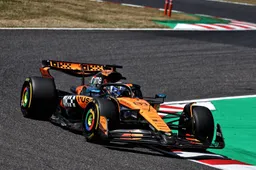
F1 Full Results | Japanese Grand Prix FP2: Piastri P1, Norris P2

F1 LIVE | Follow FP2 for the Japanese Grand Prix here
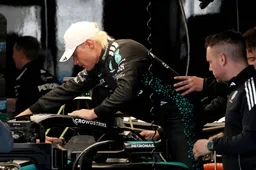
Mercedes breaks F1 rule ahead of Japanese Grand Prix weekend
